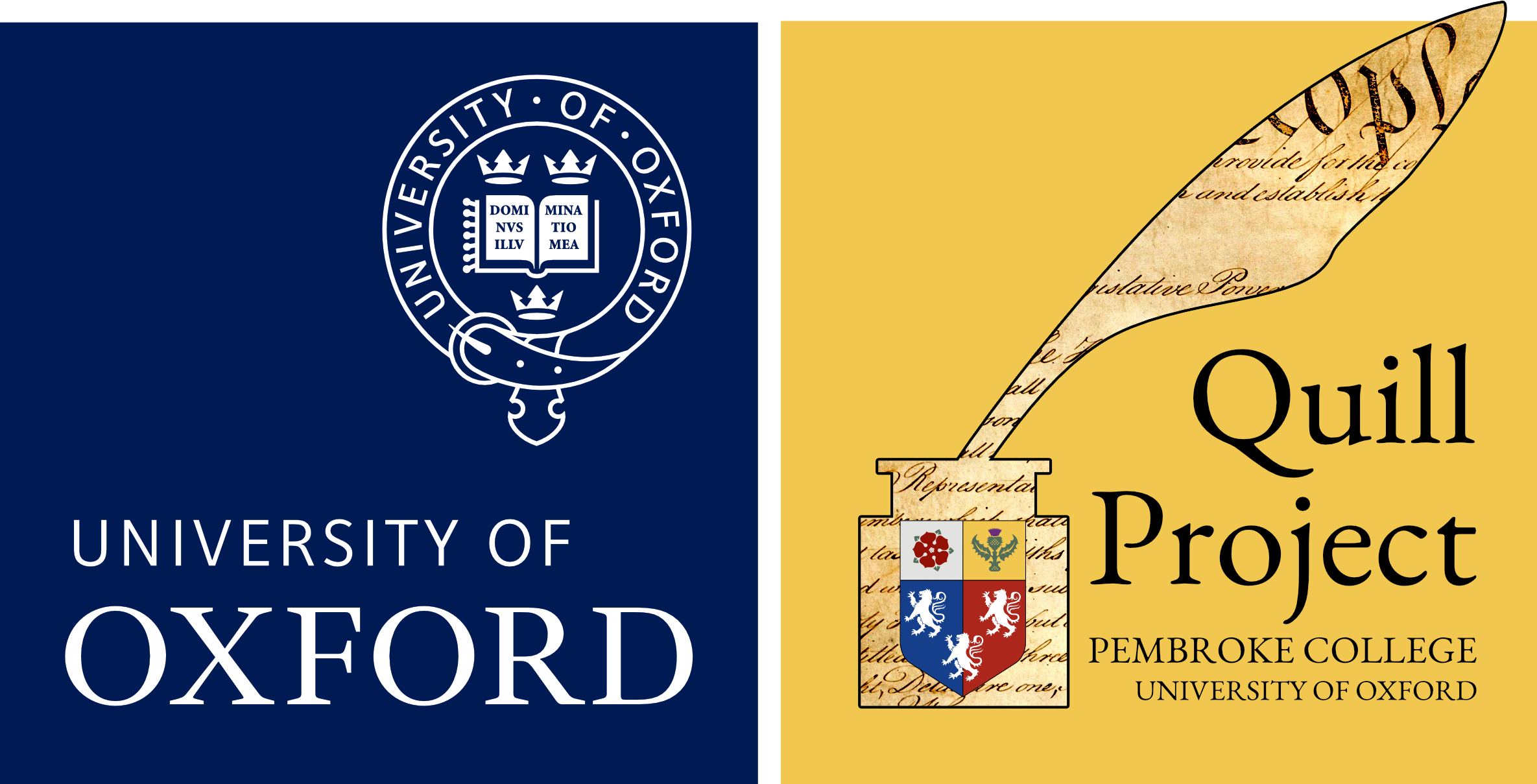> Projects
Narrating Complexity
Exploring Multi-Actor Timelines
Dr Alfie Abdul-Rahman and the Department of Informatics at King’s College London have received a grant to extend the innovative work done in Quill on the visualisation of multi-actor timelines. Alfie Abdul-Rahman has been involved with the Quill Project for several years, in her capacity as a visualization specialist, and this project will build on that work, looking at if the Quill framework can be extended to the representation and study of social media timelines.
For centuries ‘timelines’ with various visual designs have been used as a way to understand the relationship between different events happening in chronological sequence and to suggest relationships between them. But our visual language for presenting such timelines has been limited in one of two ways. Either the number of events displayed has been relatively short, or the variables (or information) captured by the timeline have been limited. Traditional approaches to the visual display of ‘timeline’ information, therefore, rapidly become less useful as the amount of data to be displayed increases.
In spite of this, the need to interact with data that is understood as a ‘timeline’ is increasing. In everyday life, many of us are familiar with following conversations on social media, such as Twitter and Facebook, or in a political debate, e.g., legislative assemblies. It is easy for us to follow a single person conversation that contains minimal exchange. However, as the number of individuals increases so do the communication exchanges, with the result that the associated timelines become increasingly complex, making it very difficult to follow a discussion which may involve hundreds or even thousands of actors. The problem is further compounded when both events and the network of actors exist in complex and evolving relationships to each other.
The Narrating Complexity project will develop a set of interactive, visual analytics approaches to better understand these complicated and extensive timelines, drawing on the example of social media and the more formal discussions of a legislative setting (for example, the European Union Withdrawal Acts (Brexit legislation)).
As more emphasis is placed on ‘big data’ approaches to problems, it is important that we develop new visual languages to help users interrogate large datasets quickly and accurately. At the core of this project is the desire to develop new metaphors and conventions to enhance understanding of the highly connected world in which we live.
For more information, click here.



